Journal #42: Coping with Climate Change
by Miles Raymer
When I decided to move back to Humboldt after returning from Japan in summer 2013, I was motivated by several different factors. One of the most influential was my growing trepidation about the problem of climate change, which birthed in me a desire to settle myself in a strong community and start learning about sustainable living and food production. This idea came from Bill McKibben’s Eaarth, which I picked up toward the end of a three-month period working on an organic farm in Oregon during spring 2012. McKibben argues that present and future generations will soon find themselves living on a planet that is radically different from the one humans evolved on, so we’d better dig in and get to know our land and our neighbors as best we can if we want to maintain a decent quality of life. His words followed me across the Pacific Ocean, lingered for my year abroad, and then chased me back home.
A year and a half later, I’m still stumbling down what looks to be an interminable path of learning about the Humboldt region, producing my own food, and rooting myself in a community that I hope has a bright future. Like most people in communities that are concerned about environmental issues, I vacillate between my gratitude for living in a vibrant, fertile place and my unrelenting fears that even our best efforts won’t be enough to keep Humboldt thriving in the decades to come.
Although the worst possible consequences of environmental collapse have only just begun to whisper threats throughout California, more vulnerable communities around the globe are already fighting tooth and nail against climate challenges. Here in the Pacific Northwest, the knowledge that climate change is happening and that large aspects of its onslaught are irreversible looms large in our collective head-space. We may not yet be weathering the storm, but we can sense the gathering winds.
To cope with these circumstances, I have accrued a collection of psychological mechanisms that help me emotionally confront the realities of climate change without ignoring them or becoming overwhelmed by the bad news that continuously reaches me via news and climate reports. The purpose of this journal is to share some of those ideas and strategies. Importantly, this is not about giving advice regarding how to live more sustainably or combat climate change in any practical way. Such information is already available in abundance. My goal is rather to describe ways I’ve been able to come to grips with the psychological pressures of climate change in my daily experience, without having to necessarily orient myself toward actionable solutions at every given moment. Humanity must expend a huge amount of energy and thought to meet this challenge in the coming decades, but we must also survive in the battleground of our own minds, beating back cynicism and nihilism. If we let climate anxieties eclipse the meaningful activities and personal connections that make our lives worth living, we are already lost.
Stage One: Getting Informed
Looking back on how I began to allow climate thinking into my life, it’s clear that the initial stages of this process were the hardest. Like all Millennials, I’ve lived with the specter of climate change from a very young age, but it wasn’t until my early twenties that I felt able to confront it with any seriousness. Climate change was “out there”––both physically and temporally––so it didn’t make any sense to incorporate it into my emotional and intellectual life. But as distressing data started rolling in during the early 2000s, it became more and more difficult to ignore. My undergraduate research in philosophy and ethics seemed to demand that I acquire at least a rudimentary knowledge of something that might drastically affect global morality in the near future. Even so, it took a firm nudge from an old family friend to finally break my resistance.
Barry Snitkin, who I’m sad to say is no longer with us, hosted me as farming assistant for almost three months before thrusting McKibben’s Eaarth into my hands. I didn’t have a strong sense of exactly how important it was to Barry that I read this book, but I began anyway, somewhat begrudgingly at first. But after just a few pages, my haughtiness evaporated. I tore through the slim book in two sittings, and when I finished I knew something in me had shifted forever. I was terrified in a way I’d never been before, viscerally and thoroughly terrified.
Although I don’t think that fear is generally the best emotion for precipitating positive life changes, I do think the existential terror that comes with confronting climate predictions is an essential part of developing a healthy relationship with the climate problem. It’s a good kind of fear, one that breaks through denial and discomfort, sounding an alarm that reverberates throughout the whole body.
Getting to this critical junction isn’t easy, as Barbara Kingsolver demonstrates in her excellent novel, Flight Behavior. During an exchange between a midwestern mother and a scientist concerned about the survival of monarch butterflies, the scientist asks, “How do they [normal people] see the end of the world?…In real-world terms, as you put it.” The mother replies, “They know it’s impossible…I don’t know how a person could even get through the day, knowing what you know.” When he asks her what gets her through the day, the mother says, “Getting the kids to eat supper, getting teeth brushed. No cavities the next time. Little hopes, you know? There’s just not room at our house for the end of the world” (282-3).
When I read Flight Behavior a year ago, this conversation struck me as a perfect explanation for the intractability of effective climate action in a society where many people struggle to put food on the table and keep the lights on. Thinking about “the end of the world” is a luxury, and not in a metaphorical sense. But for those of us who are lucky enough to be capable of factoring climate concerns into our daily lives, how can we learn to “get through the day” with that knowledge hanging over us? How can we leave behind the fantasy that the end of the world is impossible without succumbing to despair?
Once I started seeing climate change as a legitimate and emotionally salient threat to my life, the lives of my loved ones, and the natural environment that sustains us, the only sensible way forward was to begin converting an amorphous sense of dread into a graspable tract of knowledge. I needed to study climate change in order to take back some of the power it had over me. So I started consuming media with the express intention of soaking up as much climate information as I could, even if it made me feel awful (which it did, and still does, with regularity). I launched a multipronged inquiry into topics such as futurism, technology, permaculture, global economics, climate science, politics, neuroscience, psychology, and ethics. The process was difficult intellectually and emotionally, but the more I learned, the more my raw horror began to mingle with other emotions: curiosity, understanding, acceptance, and even awe.
Stage Two: Examining Values
At this point in my interrogation of climate issues, I’ve come to a few conclusions about how to frame the problem in a way that helps me cope with it effectively. Most of these involve taking on new sets of values or reformulating old ones. It’s also important to ask the bigger question of what values are and where they come from. I do not think our natural world is imbued with any kind of inalienable or intrinsic value. I think the evolution of life on this planet is a grand and sublime accident, one that easily could not have happened and that is also unlikely to have significant consequences for the greater universe of which we are an almost inconceivably tiny part.
This may seem like a bleak position, but I’ve coupled it with another assertion that brightens the view: rather than discovering values that already exist, humans create value through our thoughts, actions, and collective efforts. Viewing value as a thoroughly contingent and terrestrial phenomenon throws responsibility back to individual people and social groups; if we are the most advanced value-makers on this planet, which is full of other organisms that produce different kinds of “goods” according to their natures, then not only are we accountable for choosing certain values over others, but we can also correct our course when necessary without having to worry about thwarting some set of universal or metaphysical moral laws.
Given the destruction humanity has recently wrought on our home planet, I sometimes feel that our species is considerably less valuable than others, especially when we consider in aggregate the huge array of species whose existence is currently threatened by human behavior. I agree with most futurists that even the worst case climate scenarios are unlikely to result in humanity’s extinction. The threat to modern civilization and infrastructure, however, seems considerably higher. While I would lament humanity’s total extinction, I’m not as concerned about our marginalization as the “dominant” species on Earth. Although civilizational collapse (or tumultuous adaption) would have horrific consequences for many people in the short term, it might actually be necessary at this point for humans to gain some humility and rediscover our dependence on the natural world.
This justifies another of my recalibrated views on climate change, which is that the “end of the world” might not be so bad––at least when we take the long view. Civilizational collapse is not a desirable outcome, and I believe we should do everything in our power to avoid it, but if it comes, I do not necessarily think it signifies the collective failure of humanity or the death of the ideas and values we hold most dear. Rather, it might be a lesson––albeit an extremely harsh one.
A more recent component of my stance on climate change stems from an idea I encountered in Michael P. Nelson’s essay “To A Future Without Hope.” Nelson argues against reliance on hope to deal with the psychological stress of climate change, pointing out that hope is inextricably tied to certain future outcomes that humanity has no guarantee of achieving––to hope is to hope for something. Nelson thinks that hoping for better climate outcomes is dangerous because we might become apathetic or discouraged if we don’t accomplish our goals. Instead, Nelson makes an appeal to virtue ethics, where the key question is not “In what image do I want to remake the world?” but rather “What kind of person do I want to be, and how would such a person live?” In Nelson’s own words:
I want us to replace “I hope” with “I resolve to do the work” or “I will be this kind of person, I will live this kind of life” or any sort of utterance that focuses on virtue rather than on consequence. Any sort of commitment that is not subject to the fickle and fragile focus on the results of our actions and commitments. This, I think, is the new ethic in the face of a future without hope. This is the only moral anchor imaginable in the sea change rolling our way. (Moral Ground, 461)
I found this passage very difficult to swallow the first time I read it. How could I possibly decouple my commitment to ameliorating climate change from the concrete results of those efforts? Wouldn’t that be tantamount to giving up? After more thought, however, I came to the conclusion that while I don’t expect everyone to accept Nelson’s argument for virtue over consequentialism, it is the most efficacious perspective I have found to frame my personal role in the climate crisis. Plugging environmental factors into my already existing efforts to realize better versions of myself is both a rewarding and effective way to turn climate anxieties into fruitful energy, which I can then direct toward the identification and pursuit of worthy causes.
Stage Three: Weaving Social Fabric Through Labor
Social change never happens in a vacuum, and any significant movement toward climate solutions must take root in the bonds we create with one another. One’s family and social circles are the most accessible and potentially powerful sites not only for pursuing projects that ease environmental destruction, but also that deepen our reliance on and affection for one another, resulting in happier and healthier living. Without a doubt, my most powerful weapon against despair is my abiding love for friends and family. I can express this love in many ways, but there is something additionally special when I express love in the form of environmentally-friendly labor. In my life, there are two activities that fill this role: home gardening and volunteering at Tule Fog Farm in Arcata.
My mother has been an amateur gardener for as long as I can remember, but since I came home from Japan and added my energy to her efforts, we have doubled the size of our garden, slashed our water use and food bills during productive times of the year, and begun to forge a brand new bond over our mutual love for the six acres we are lucky to care for. Helping a garden flourish isn’t just good for the environment, but also for the gardener. Unlike some other jobs I’ve had such as teaching and building, spending time around plants reminds me that I’m connected to a dense and vibrant web of life that vastly exceeds the scope of human concerns. This reminder is therapeutic for anyone dealing with climate anxieties. Also, the social benefits that come from collaborating with Ma and other gardeners in my community are just as nourishing as the food I harvest from my backyard.
Shortly after I returned from Japan, I began volunteering at Tule Fog Farm. Tule Fog is a meat farm that uses intensive rotational grazing to responsibly harvest livestock while also supporting pasture health and grass diversity. It is run by Sean and Shail, two of the most environmentally conscious and hardworking people I’ve ever met. They cultivate a wide variety of animals: pigs, goats, sheep, cows, chickens, turkeys, and geese (they also have three kids––twins and a one-year-old baby).
When I first started volunteering at Tule Fog, I had no idea if I’d enjoy it. All I knew was that Sean and Shail were trying their best to farm in a way that gave back to their land as much as they were getting out of it. And honestly, now I that know a bit about what it takes to be a meat farmer, I’d probably turn down an offer to work on a meat farm, even if I knew the farm was environmentally responsible. I like the work, but probably not enough to do it full time.
Quite simply, the reason I keep coming back to Tule Fog is that I’ve developed a special kind of affection for Shail and her family. I’ve never met people so committed to realizing their moral convictions, so much so that they design their lives around a staunch refusal to participate in many of the harmful cycles humanity is currently foisting on our environment. They are vanguards in what Vandana Singh calls “the age of the million heroes” (Hieroglyph, 369).
I’m not prepared to make the same kinds of choices Sean and Shail have made, mostly because I’m attached to certain modern comforts, weekends off, and other time-consuming interests that don’t align with climate issues. But something I am willing to do is devote every Wednesday morning to support people who are living a much more ethically defensible lifestyle than I am. Their farm depends on volunteers to stay financially viable, and I’m gratified to help keep it afloat. But more importantly, I’ve learned that being around Shail and her family brings out the best in me. At Tule Fog, I don’t complain. I don’t do anything half-assed. I don’t quit until everything’s done and it’s done right. Every Wednesday, I’m guaranteed to transform into a better version of my normal self. This transformation does not register as a conscious choice; it’s an automatic immersion in a mode of meaningful labor that I wholeheartedly believe in, bolstered by people I admire and respect. Tule Fog demands that I be better, so I am.
Although their work is not directly related to the environment, I feel a similar allegiance to Dan and Sean, the two contractors who’ve been teaching me about building for the last nine months. These kind, capable men aren’t just mentors eager to share their craft; they are also my friends. Such relationships––which combine social bonding, meaningful labor, and the improvement of local infrastructure––reinforce my (sometimes ambivalent) conviction that human communities can adapt and eventually abandon our parasitic patterns of profligate consumption.
The realization that whatever virtue I am capable of mustering is almost always the result of a positive social bond has been hugely influential in the last several years of my life. I’ve discovered that, contrary to my culture’s emphasis on individual innovation and entrepreneurship, I’m more comfortable and effective as a helper than a foreman. My natural talents are optimized when I fly wingman for someone far more experienced, determined, and creative than I am. In this context, the gift of physical labor embodies my desire to perpetuate something greater than myself. Charles Eisenstein defines such transactions as a central feature of what he calls the “sacred economy”:
In an economy that deserves to be called “sacred,” work will no longer be an injury to one’s time or life; it will no longer be a matter of pain and suffering. A sacred economy recognizes that human beings desire to work: they desire to apply their life energy toward the expression of their gifts. (Sacred Economics, 402)
My gifts, such as they are, have the most impact when embedded in a network of loved ones striving to give back to the natural world rather than simply extracting as much as they can from it. Regardless of the long-term outcomes of our efforts, being part of this network has become an intrinsic part of my identity.
Stage Four: Giving Myself Permission to Live
It is audacious for a member of the most destructive species on Earth to view himself as deserving life. This is even more true for someone like me, who was born into a position of privilege, has already lived a good life, and yet continues to consume more than his fair share of resources. An inextricable part of confronting climate change is the willingness to experience moments where suicide feels like the most compassionate and ethical action one could take. I have those days. But I also have my mother’s constitution, which includes a preternatural ability to conjure reasons for living out of thin air. So let me try to conjure one more.
In my worst moments, humanity’s abuse of the Earth bores through me like a hot spike, and all my efforts, all of everyone’s efforts, seem like a cruel and futile joke. I’m not naive enough to think it might not be so. This thought can induce paralysis and fear; even worse, it can make me lash out at others to conceal my horror of what humanity might do––what I might do––to our one and only home. But fortune-telling is a swindler’s game, and the arrogance of certainty is no worthy refuge. Like all living things, I am fated to contend for my own little scrap on the evolutionary dance floor, to dance my dance within the natural systems that shape me, forever ignorant of when the dance ends or where it’s going. I may not have a right to my life, but a life I have. And if I don’t give myself permission to cherish and grow that life––to dance as only I know how––then whatever time I’m given will be poorly spent and unmarked by mournful words when it is over.
So I dream of a better person than the one I am today, and of the better world he would want to live in, and I try.
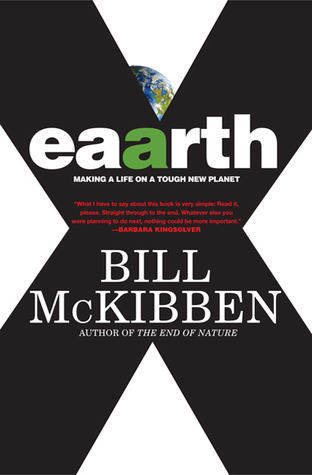
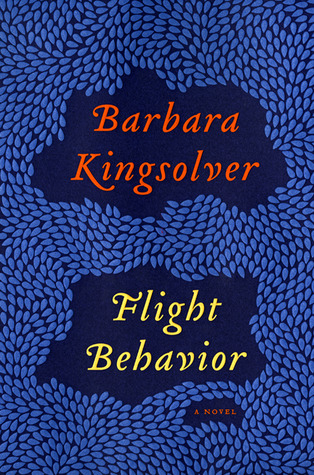
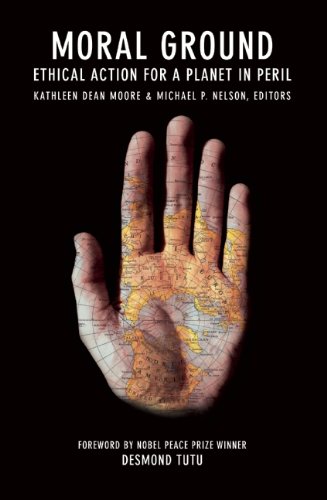
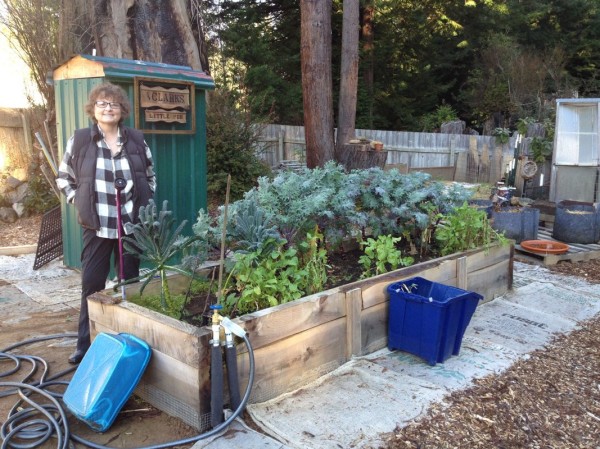
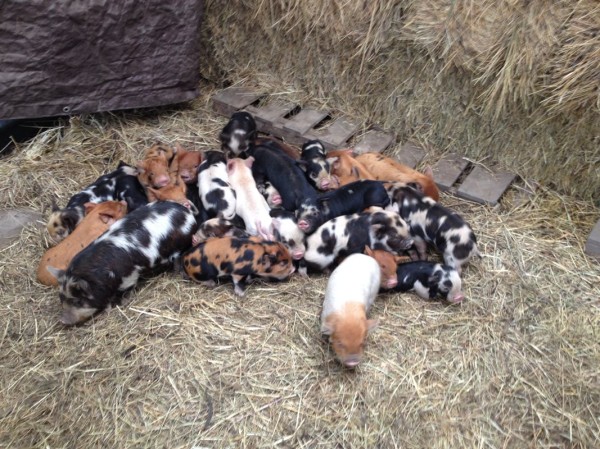
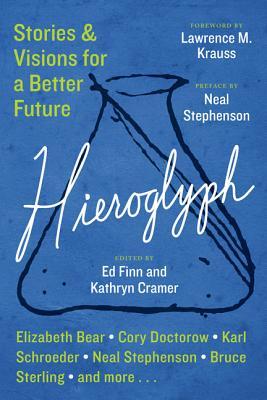
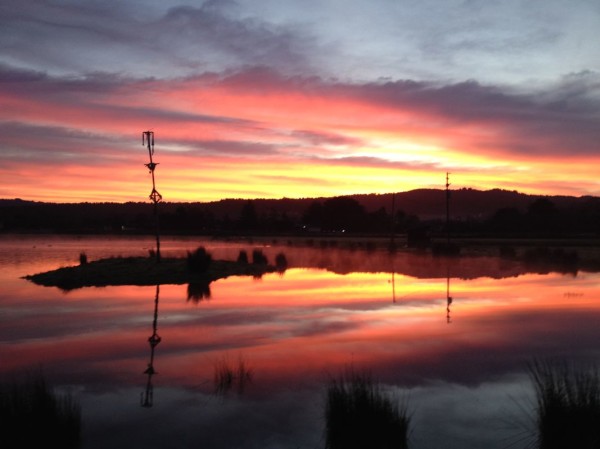
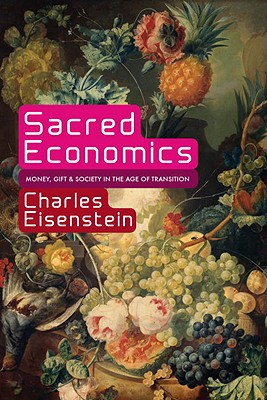
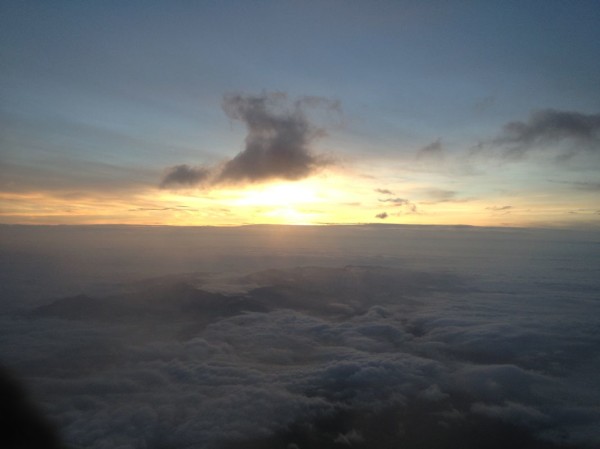
I can totally relate to your feelings! Thanks for sharing your thoughts!
Well, thanks very much for reading!
Thank you for sharing the process. It’s really useful to have it broken down like that. I feel like I’ve been in stage 1 for forever, but will look to some of your resources and advice. Thank you.
Thanks for reading! It’s definitely a fraught process, but worth delving into, I think. Especially for those of us lucky enough to have the time and resources to consider the big picture.